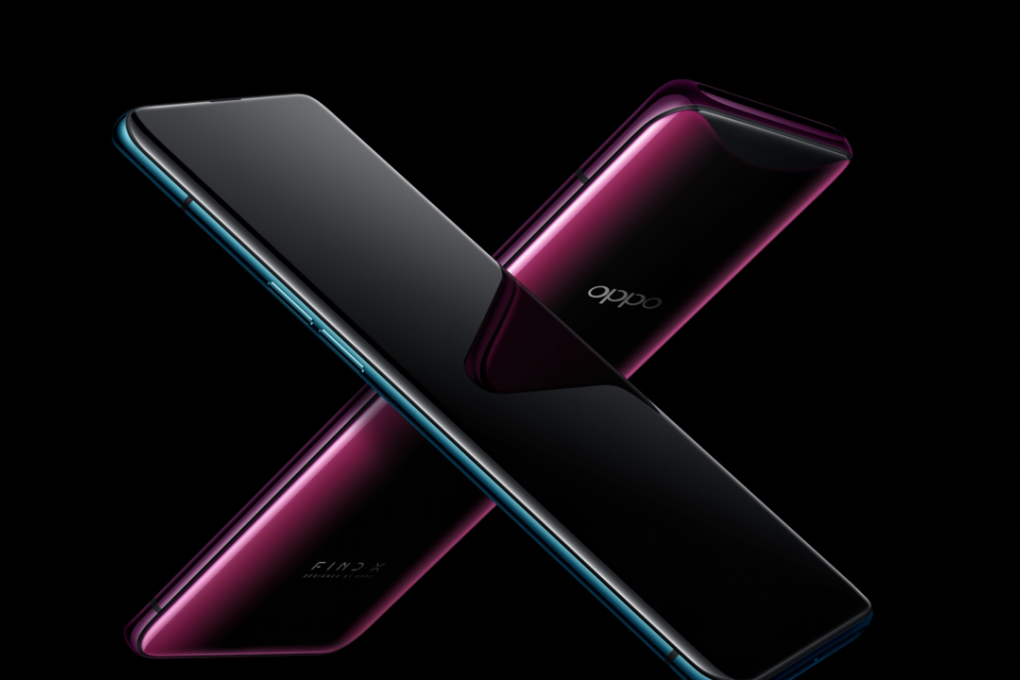China smartphone makers at crossroads as high-end handsets target Apple’s iPhone X
Amid a saturated market in China, higher expectations from consumers are driving innovation and improved handset design

Chinese smartphone brands are challenging their budget image with premium models costing more than US$1,000, taking aim at a segment that is dominated by Apple’s iPhone X.
Oppo, China’s second-largest smartphone brand, unveiled its Find X phone in Paris on Tuesday, priced at 999 euros (US$1,156) for the ordinary edition and 1,599 euros for a special Lamborghini edition, both of which feature the market’s highest screen-to-body ratio to date, at 93.8 per cent.
The US$450 Oppo R15 that will make others think you’ve an iPhone X
Oppo’s new phone is equipped with a sliding camera module that can be slipped in and out of the phone body when needed without compromising front screen space.
The revolutionary design has allowed the Chinese company to price the handset at the top end of the market, a luxury space that only Apple and Samsung have been able to occupy so far.
Oppo’s Find X launch also marks another step by Chinese smartphone makers to distance themselves from the iPhone X’s screen design, which features a curved notch to accommodate the front camera and sensors.
Last week Vivo, China’s third-largest smartphone vendor, also bucked the notch screen trend by introducing a pop-up camera solution for its latest NEX series, which is priced at 4,998 yuan (US$780) for the premium edition.